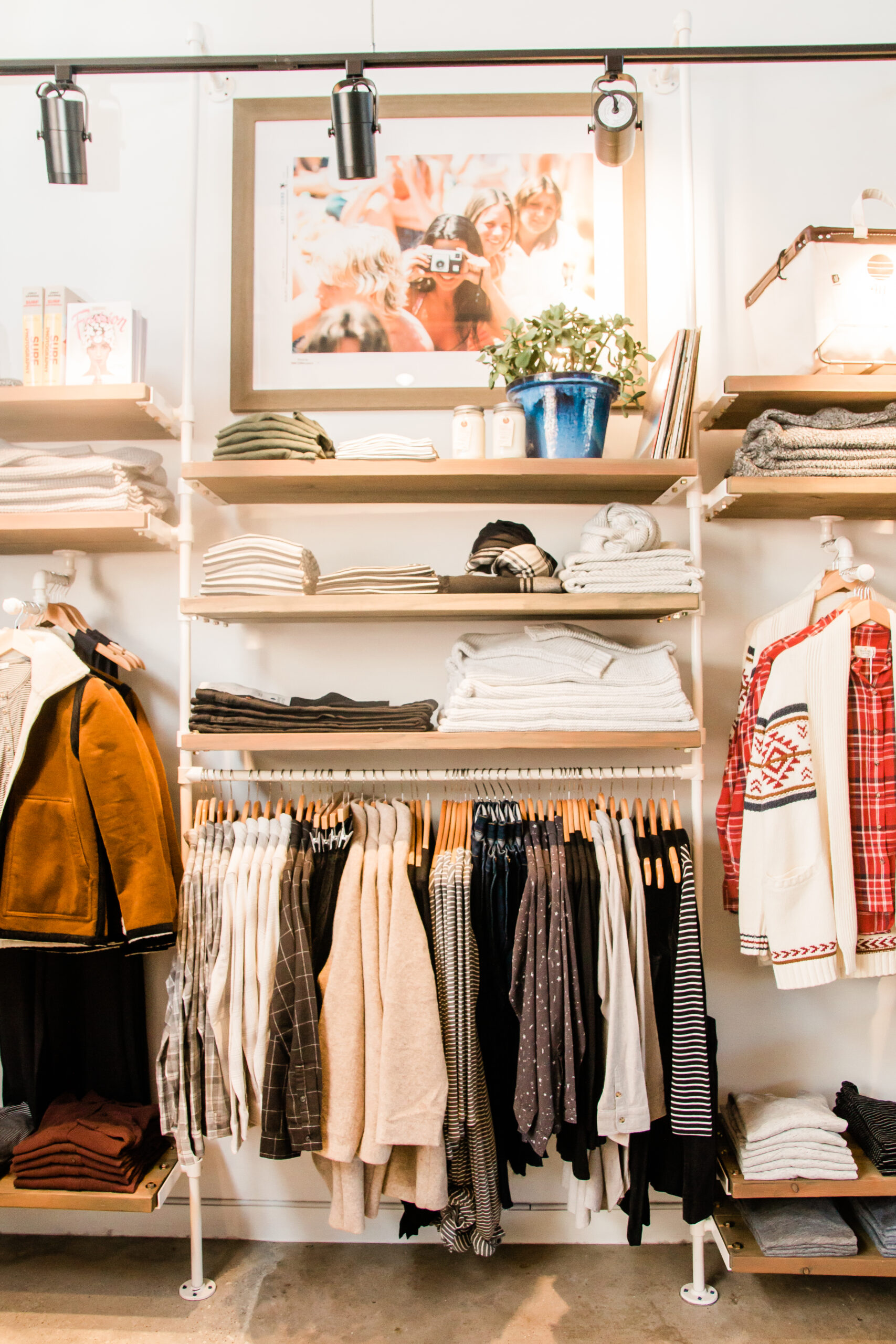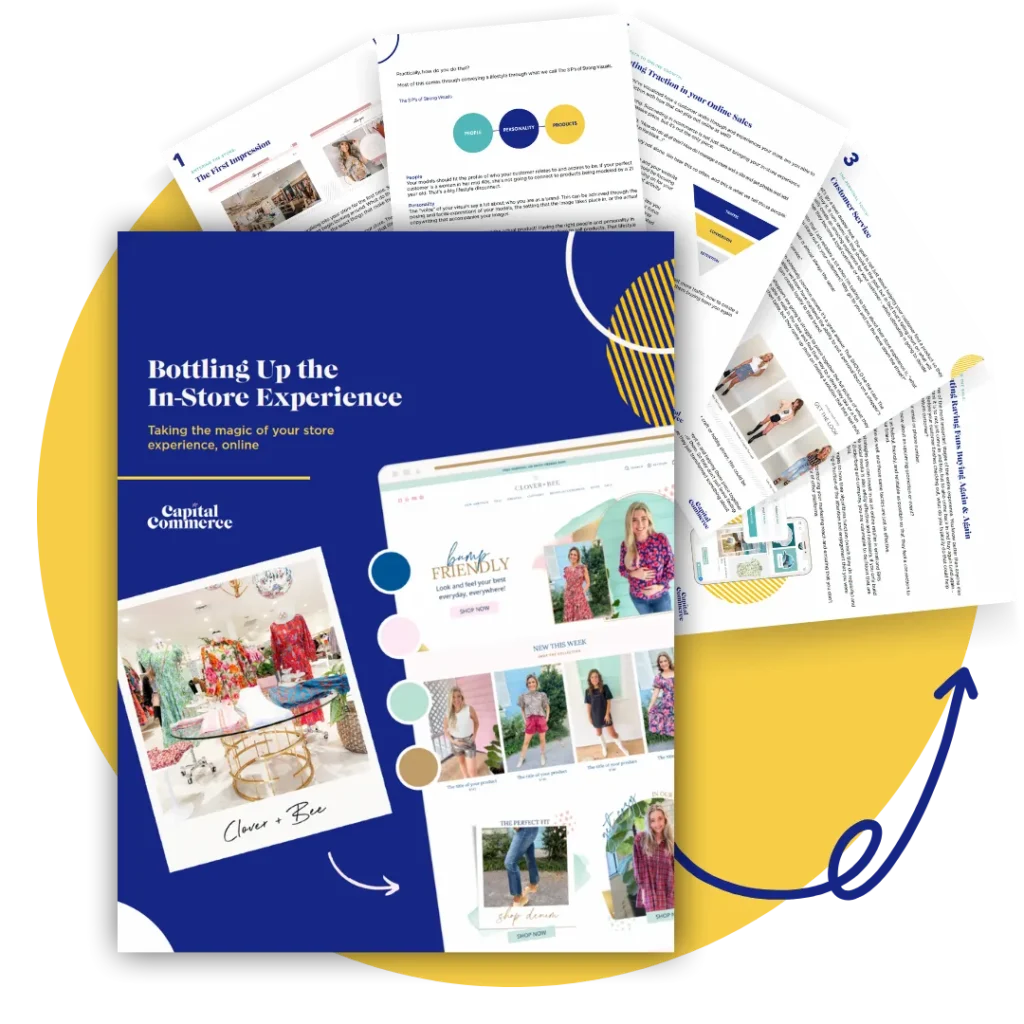A note from Streamline: Today’s guest post is from Lightspeed. Lightspeed is a major leader in the point-of-sale software industry. With nearly 50,000 merchants using it, Lightspeed now operates in more than 100 countries, in multiple languages and currencies, and processes over US $15 billion in transactions annually. We greatly enjoy partnering with them in our work to help independent retailers scale their businesses.
For all the talk about how online retail is taking over, the numbers tell a different story: offline sales are ten times bigger than online sales in the United States. Yes, these days 9 out of 10 purchases start with an online search, and having an online presence is absolutely essential to your success. However, you’re still making most of your profits in-store.
Before the new year starts, take the time to review the experience you offer shoppers when they pay you a visit. The multiplication of services and options for shoppers means that they need real incentives to pick your business over a competitor. Here’s your game plan:
Step 1: Review your staff performance.
As you’re trying to survive your day managing your operation, your staff is interacting with customers. Your job is to arm your staff with the right tools to deliver on your promise: top service. To define the needs of your employees, use these three categories: external tools, sales best practices and industry knowledge.
- External tools: your staff should be able to answer any inventory questions. Most customers will only use them as resources to know which sizes and colors you have, or how many units of an items you have left in store. A good POS will let a sales associate access your stock data in seconds without going to the back-office.
- Sales best practices: making a sale is not only about how great the product is or how wide your employee’s smile is. Implement real sales tactics and test them to see what your audience is reacting well to and repeat. Try to create clear guidelines for new salespeople so everyone knows what works and is doing it. The holiday rush (or any busy period), by the way, is no excuse to forego best practice; don’t let your employees use being busy as a reason to not deliver the best service to every customer.
- Industry knowledge: imagine you have an apparel store. Your employees don’t need to be a group of ultimate fashion victims, but if they can plug names or rare textiles and trendy designers into a conversation and look confident while doing it, the customers will feel like they’re in good hands. Share your passion with your staff and tell them more about the products they are selling. The Internet is full of cat videos, but not only — platforms like Linkedin-owned Lynda or Retail Initiative offer tons of educational content about everything and you should take advantage of every resource available to turn your staff into product and industry experts.
Step 2: Review your store’s layout.
First impressions often define the future of a relationship. This logic applied to your store means that your storefront and store’s layout will impact a shopper’s decision to buy from you or not. We’ve all entered messy stores and knew right away that we weren’t going to buy anything. Retail and merchandising experts Kizer & Bender have come up with a list of layout guidelines you need to follow to make shoppers feel comfortable right away. Look at these areas of your store and ask yourself if they’re easy to navigate, create the feel you’re going for and offer the necessary information and products. Here are a few examples:
- Put up opening hours at the front door
- Avoid clutter at the storefront
- Place best sellers close to the cashier area
- Use signs to help shoppers navigate your store
And the list goes on. How much merchandising and layout contribute to a store’s success is often underrated. Just picture yourself in a car, stuck in traffic or in a giant mall during Black Friday and you’ll understand why they shouldn’t be overlooked.
Step 3: Review your checkout and loyalty strategy.
Checkout and loyalty together? Absolutely. There’s no loyalty without customer information, and collecting customer information mostly happens during the checkout. But let’s focus on your checkout process first. Can your customers pay with their phones? We’re spending more time than ever on these little devices and expect to be able to do everything with it. When it comes to payment, convenience and security are all that matters. Use an integrated payment solution to eliminate any risk of a security breach, and let customers pay the way they want.
Have you thought about building a loyalty program? An automated system that rewards customers each time they buy from you is the most efficient way to keep them coming back without giving you more work. Why would they go to a different store when they could pick yours and leave with their purchase and a reward? If you’re using a solution that integrates to your POS to make the most of your customer data (purchase history, frequency of purchase), they won’t.
In 2019, retailers will have more on their plate than ever; new ways to interact with brands, shop and pay emerge regularly. Keep looking at your main money maker and refine your in-store experience will however remain your main priority. Make your staff feel like champions, make customers feel at home, and make shopping at your store the rewarding choice. Good luck!




